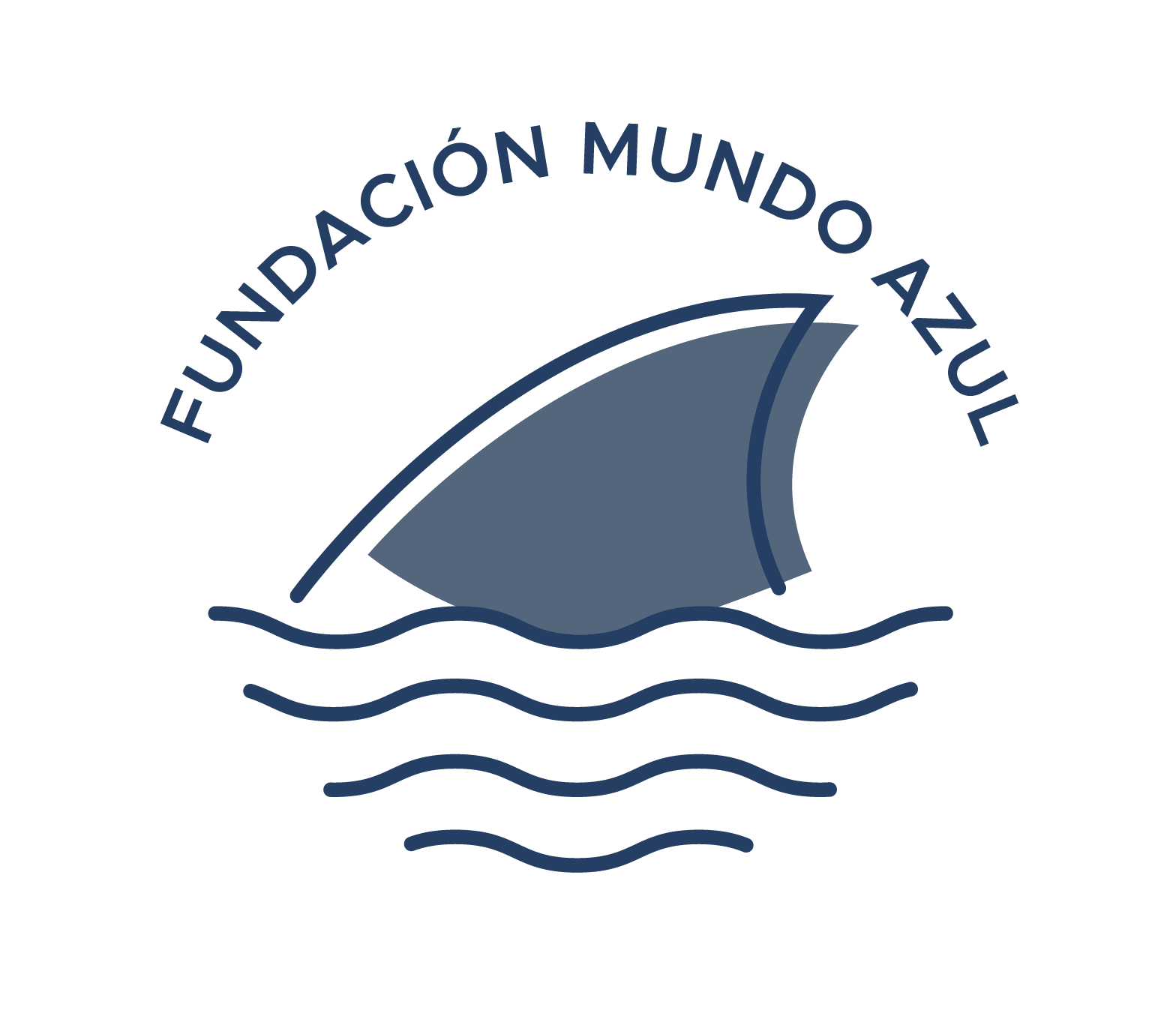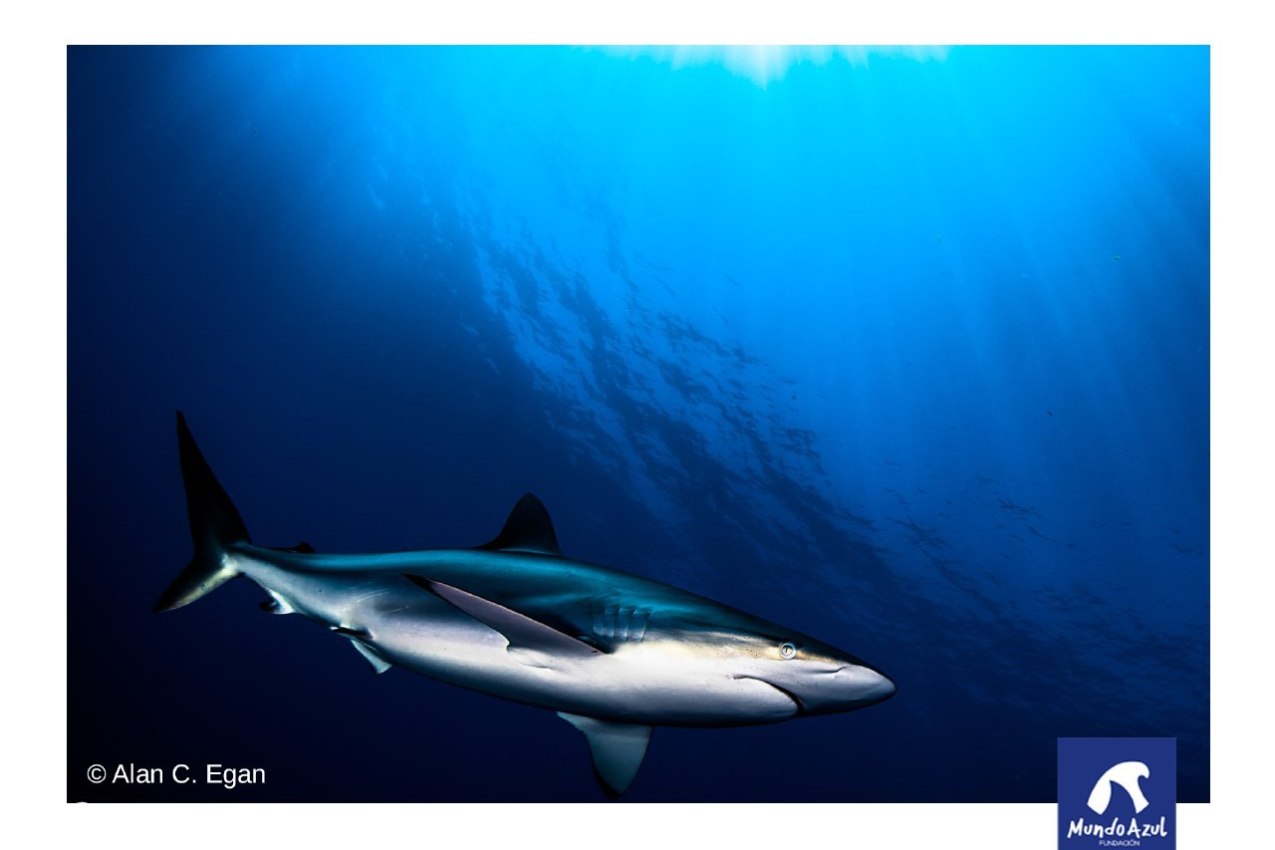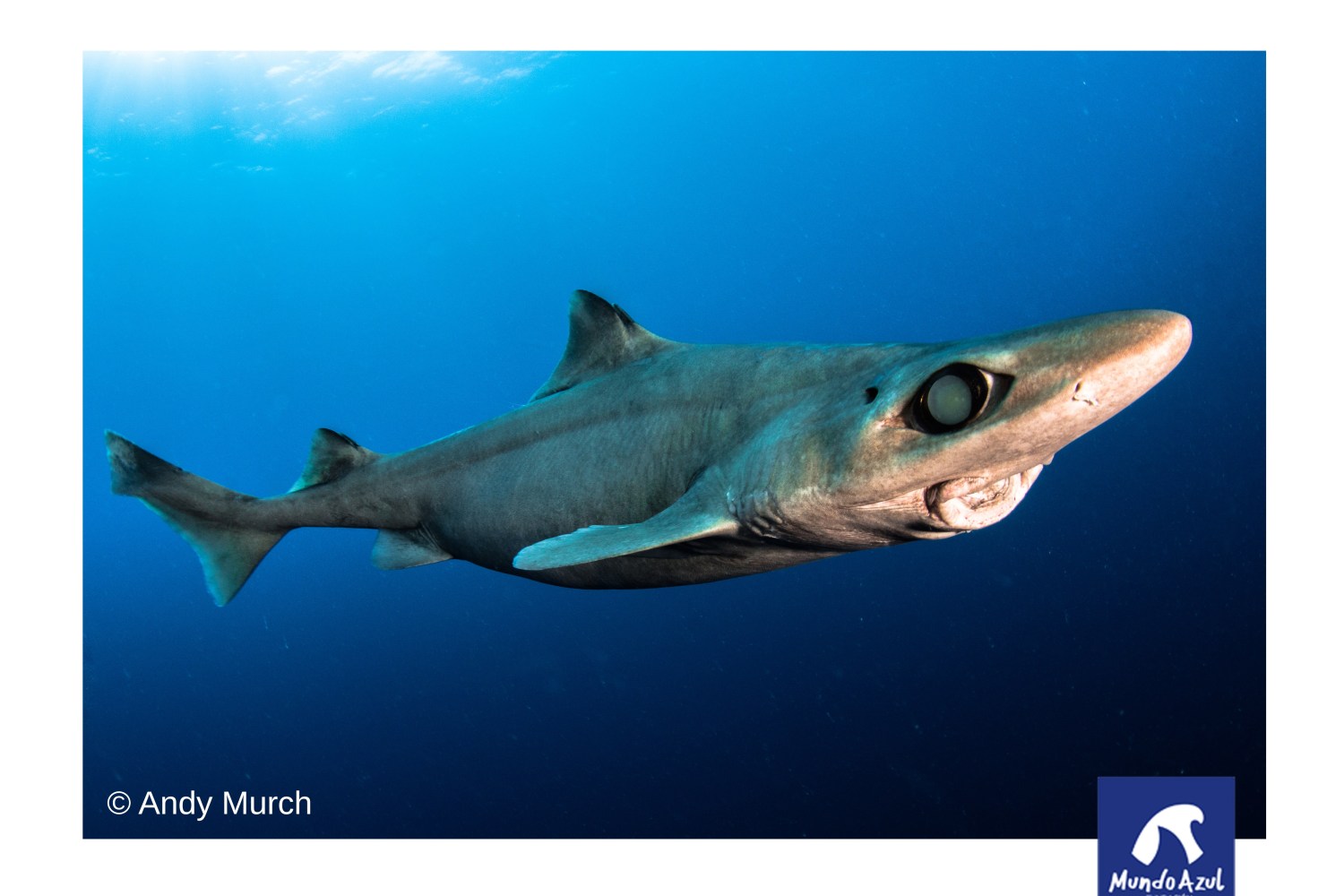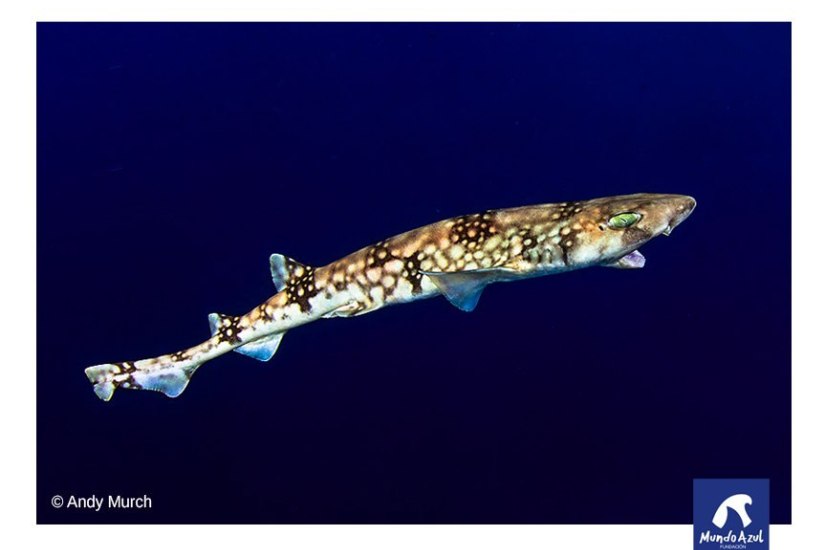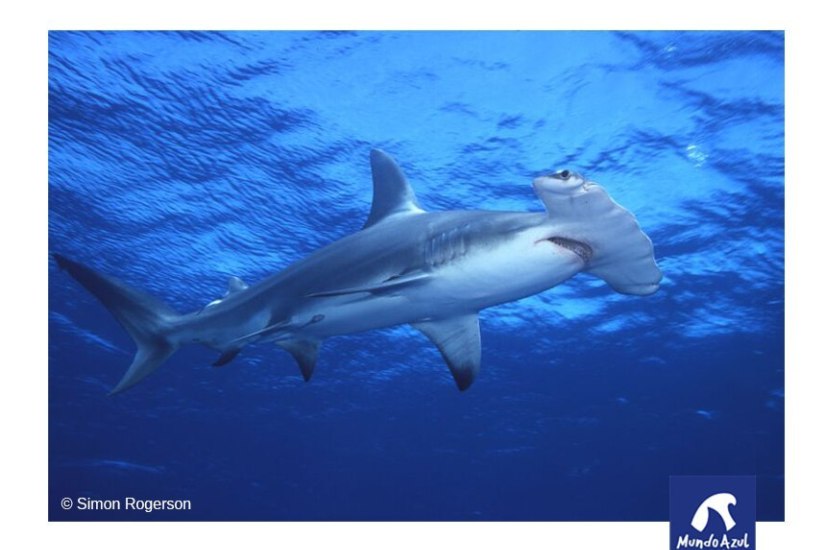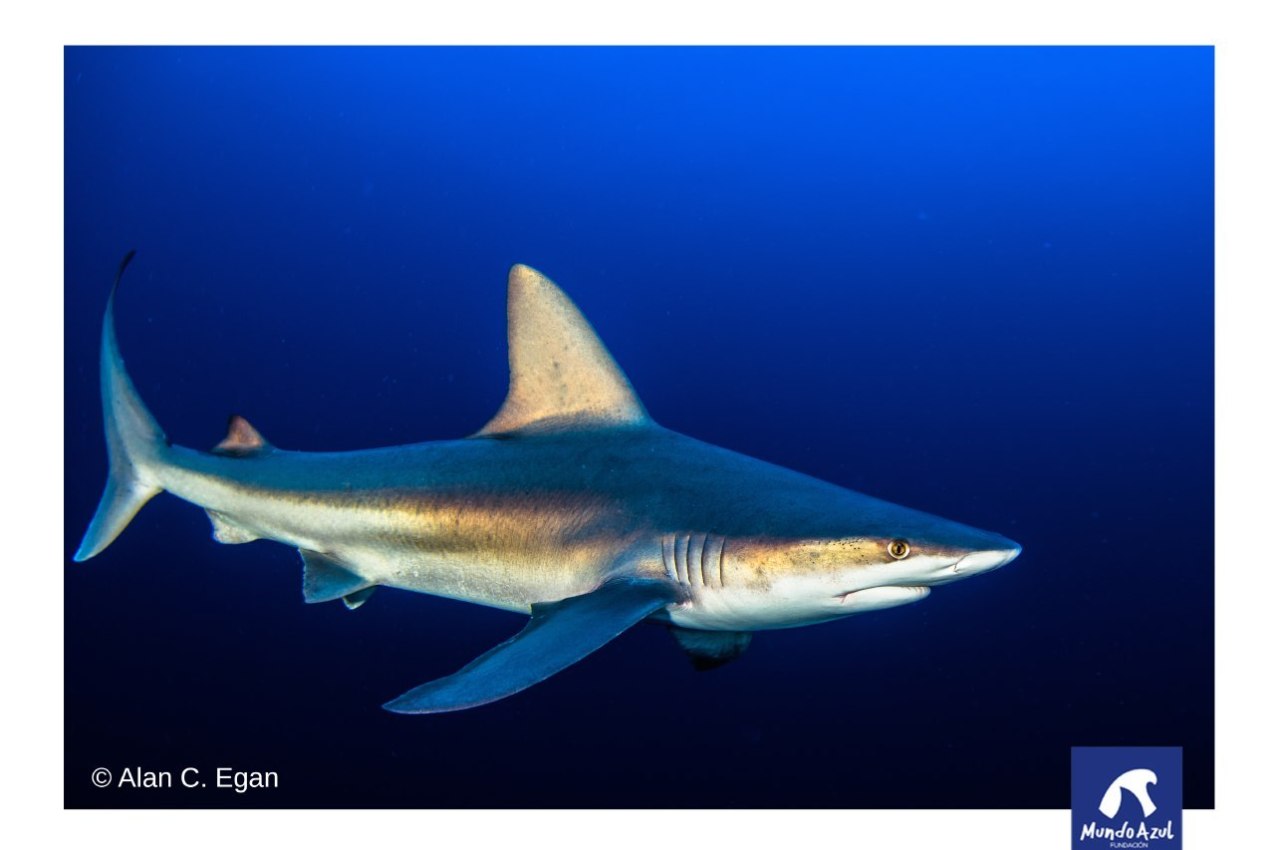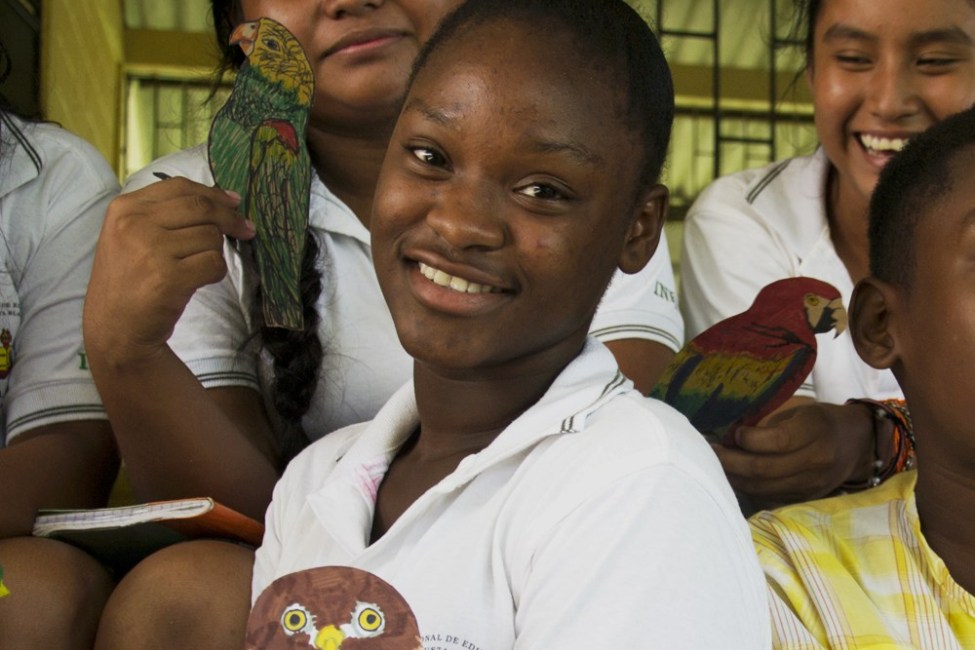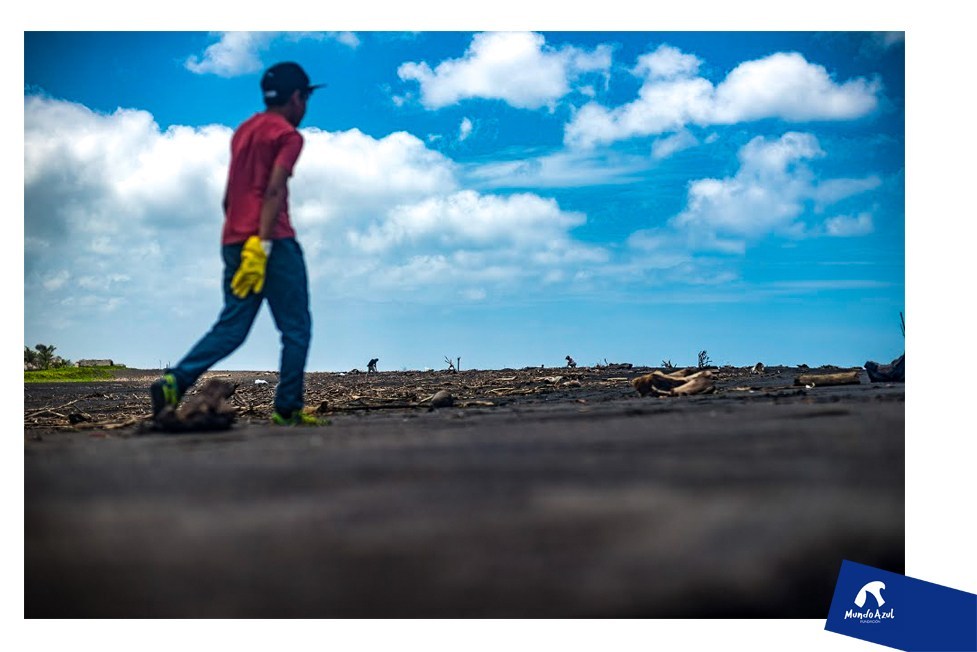
This shark receives its common name because of its bulbous head, small snout and a pair of small beards that it has on each side, very similar to the whiskers of a cat. On the dorsal part, this shark may have a gray or brown coloration depending on its maturity, while in the belly area the coloration is pale in all specimens.
This species is predominantly demersal (it lives in the sandy and rocky bottoms) and is found at depths ranging between 1m and 75mm.
The diet of the Cat sharks consists of small fish, mollusks (octopus, squid, clams), crustaceans, etc.
Despite being a species of shark quite common in several places, scientific studies on this species are scarce, which has resulted in a “data deficient” classification by the International Union for the Preservation of nature.
Picture: Andy Murch
